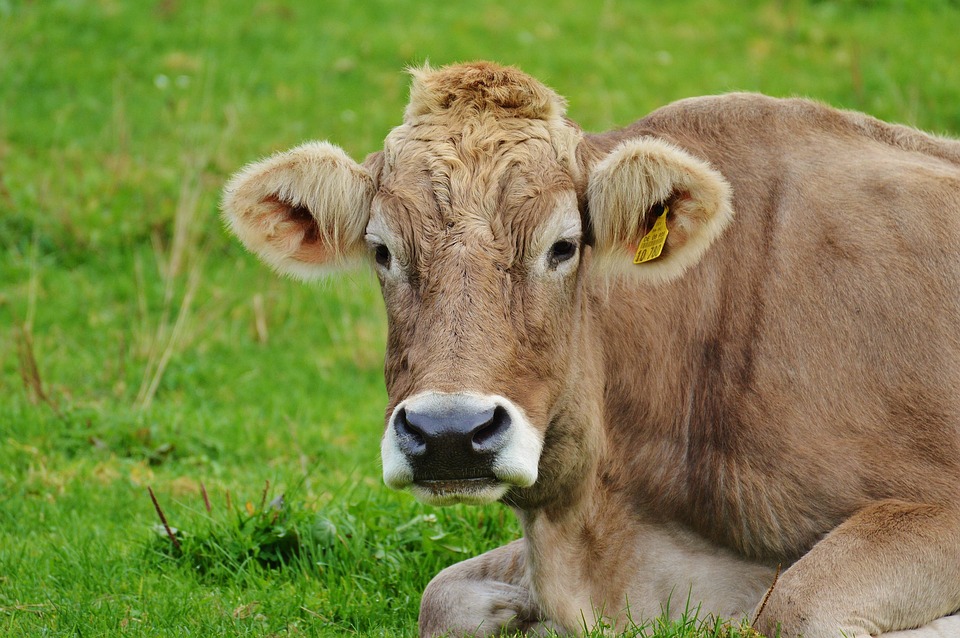
Fatty Liver Syndrome (FLS) is a prevalent metabolic disorder in high-yielding dairy animals, particularly during the transition period, three weeks before and after calving. This condition, marked by excessive accumulation of fat (triglycerides) in liver tissue, can severely compromise liver function, resulting in decreased productivity, increased disease susceptibility and impaired reproductive performance.
Fatty Liver Syndrome, or hepatic lipidosis, arises due to a negative energy balance (NEB) that occurs when the energy demands for lactation exceed dietary intake. As a result, the animal mobilizes body fat reserves, releasing non-esterified fatty acids (NEFAs) into the bloodstream. These NEFAs are taken up by the liver. If the amount of fat exceeds the liver’s ability to oxidize it or export it as very-low-density lipoproteins (VLDLs), triglycerides accumulate in hepatocytes.
Over time, this accumulation interferes with normal liver function, affecting gluconeogenesis, protein metabolism, detoxification and immune responses.
Fatty liver is most commonly observed in:
Fatty liver often presents without clear clinical signs, making it difficult to detect early. However, moderate to severe cases may show:
Fatty liver leads to:
Emerging research supports the use of hepatoprotective and lipotropic agents to prevent fat accumulation in the liver. Heprich, a polyherbal phytobioactive formulation fortified with Choline chloride, Ferrous gluconate and Silymarin, plays a vital role in liver health management
It is especially beneficial as a supportive therapy during liver fluke treatment, in conjunction with antibiotics, antiprotozoals, or NSAIDs and during growth, lactation, or debility.
Regular use of Heprich improves vitality, appetite, liver enzyme activity, and productivity in both large and small animals. It is widely used across cows, buffaloes, goats, sheep, pigs, and poultry with dosage adjusted as per species.
Fatty Liver Syndrome is a complex metabolic condition that silently affects productivity and health in transition dairy cows. Early recognition, coupled with proper nutritional management, can significantly reduce its incidence. The use of scientifically backed hepatoprotective formulations like Heprich offers a practical, natural approach to maintaining liver health, improving metabolic stability, and enhancing overall performance in dairy herds.
Adopting a holistic strategy that combines preventive care, early intervention, and natural liver support ensures better outcomes, healthier animals, and improved farm profitability.
Disclaimer: This blog is intended for educational purposes. Consult a qualified veterinarian for diagnosis and treatment protocols.